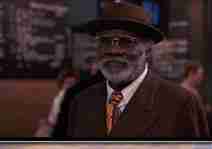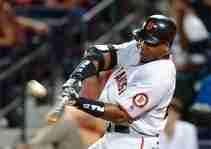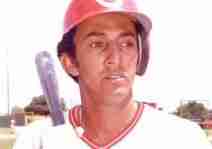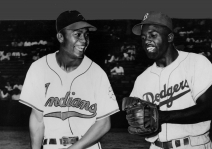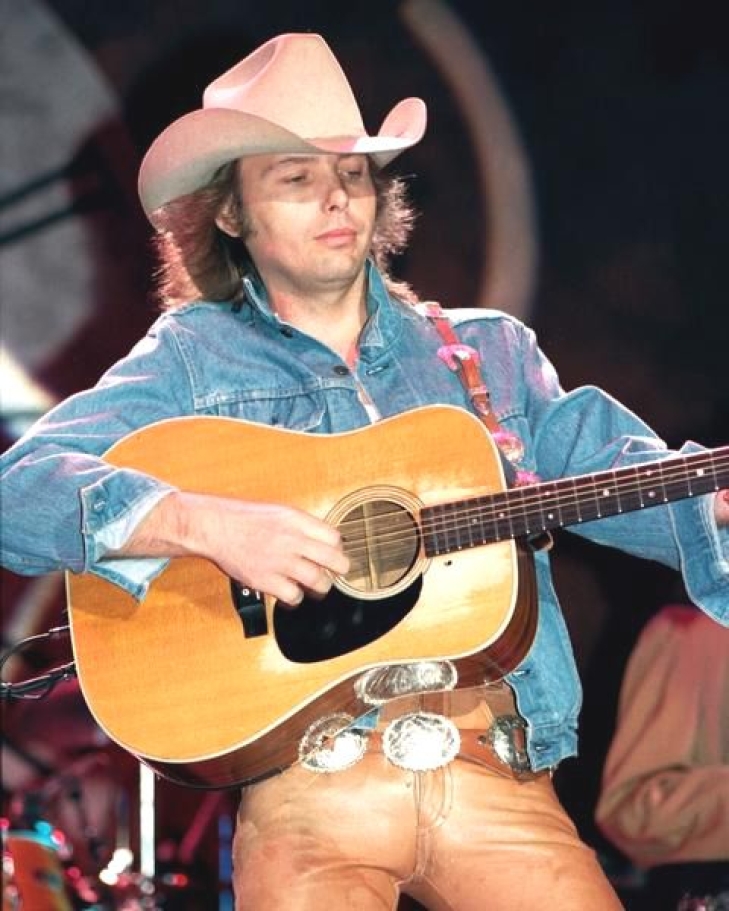Warning: Attempt to read property "params" on null in /home/notinhal/public_html/plugins/k2/k2canonical/k2canonical.php on line 382
Our Notinhalloffame Country Lists have been updated
Two months ago, The Country Music Hall of Fame announced their 2023 Class, which inducted Patti Loveless, Tanya Tucker and Bob McDill in the Songwriter’s category. This necessitated a revision of our Notinhalloffame.com Country lists.
We need to acknowledge the work of Aaron James Freeman, who is the curator of this list, and without such, would not be possible. The effort involved is appreciated more than we can articulate.
When you can, please take a look at Aaron’s work, in honoring those worthy of consideration for the Country Music Hall of Fame.
Please check out the links here:
Thank you again for your support, and look for more material from us at Notinhalloffame.com.
1. Dwight Yoakam
Starting his radio career in the mid-1980’s, Dwight was a superstar with audiences for most of his career but he didn’t start out that way. . Trying to get a recording contract in Nashville didn’t seem to be working for him, as he was playing traditional honky-tonk music instead of the pop-country that was all the rage at that point in time. So, he headed off to Los Angeles, performing at rock and punk shows. This not only allowed him to diversify his audience, but he added slight rock styles into his own music. With those more electric sounds in his songs, he ended up carrying on the tradition of the ‘Bakersfield sound’ in country music. This sound and new audience finally allowed him to get a record contract, and from there he had success. He was never one who wanted to play by Nashville’s rules and always desired to experiment with the sounds and styles he was recording, while still sounding country. This mostly honky-tonk music gained him an audience with the country radio listeners and he was able to keep his rock crowd happy with his rebellious attitude. Thus, while never one to burn up the charts, Dwight carved a place for himself in country music history.


